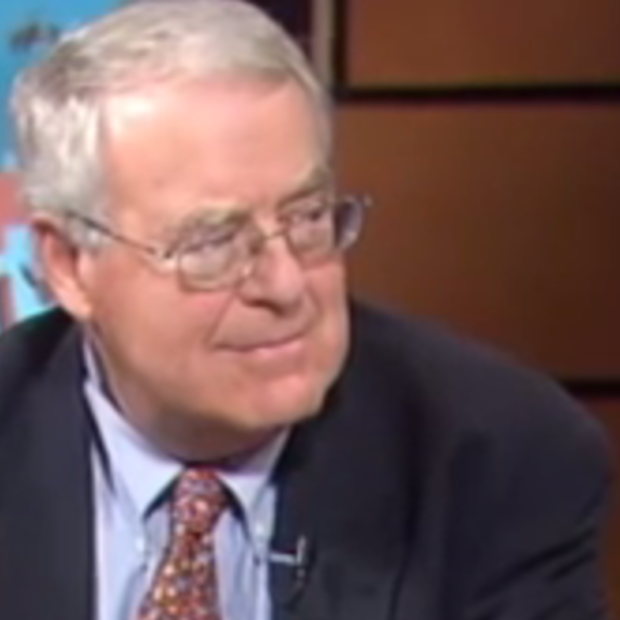Amtrak Cascades needs a lot more skeptical scrutiny than it gets, especially in this era of an overwhelming state fiscal crisis, a national concern over deficit spending, and a virtual consensus that it’s finally time to look seriously at the relation between price and value in choosing transportation investments.
The ticket you buy on the Amtrak Cascades trains sponsored by Washington state is subsidized by state taxpayers (last time I looked) 46 cents to your 54 cents to the total tune of about $30 million or more a biennium. This is money that, if the legislature chose to do so, could be spent on our ravaged child protective and health services or even K-12 and higher education. Ridership is going up because federal deficit spending and state borrowing are adding more trains! With more trains, higher subsidies. Recently the numbers seemed to suggest that in a couple of biennia in the future, the state operating subsidy will head north of $50 million.
In a state where we should worry about equity in how we raise and spend money, stop by the Greyhound bus station some day (on your way to state- and federal-subsidized remodeled King Street Station). Check out how the other half travels when they leave their car at home (or don’t own one). Without wi-fi, and without taxpayers kicking in nearly half of their ticket costs.
Or ride a Metro bus every day that provides really broad scale “public” transportation benefits. And has virtually no state operating assistance at a time Metro is facing risk of steep cutbacks. On the Washington state Amtrak Cascades, ridership for 2010 is probably in the area of 600,000. At Metro, the annual ridership volume is about 110 million. On the viaduct, 600,000 travelers is four or five days worth.
Here’s a little noted transportation development. In 2010 the fastest rate of increase in any mode for intercity travel was not airplanes and not trains, but modern intercity buses like Megabus in the Northeast imported by private entrepreneurs from Europe. A modern comfortable bus riding experience. Free wi-fi, too. And cheap, frequent, convenient express service.
And by the way, is Amtrak Cascades truly a harbinger of bullet train High Speed Railin the Vancouver-Eugene corridor? Well, only if you want to put a new high-speed rail right-of-way through the corridor – don’t even try to guess the cost — or add constraints on freight operations on the railroad corridor that exists today. Not a very green option, since that means even more trucks pounding up and down congested I-5. There may be areas of the country were High Speed Rail is a “rail” prospect. In our region what we desperately need for environmental and transportation common sense is more freight on rails.
We should definitely regard the jury as out on whether today or in the future Amtrak Cascades is where we should be putting our money. The day is over when every idea with an attractive vision and an eager constituency should take an ever-larger bite of public spending. If the tax welcome is over from ever more stingy and deficit-worried taxpayers, it’s time to pick priorities and make tough choices, not invest uncritically in romantic visions.
Editor's note: This was originally posted as a comment on another blog posting from a few hours earlier, Amtrak: Record ridership and Wi-Fi, too.

